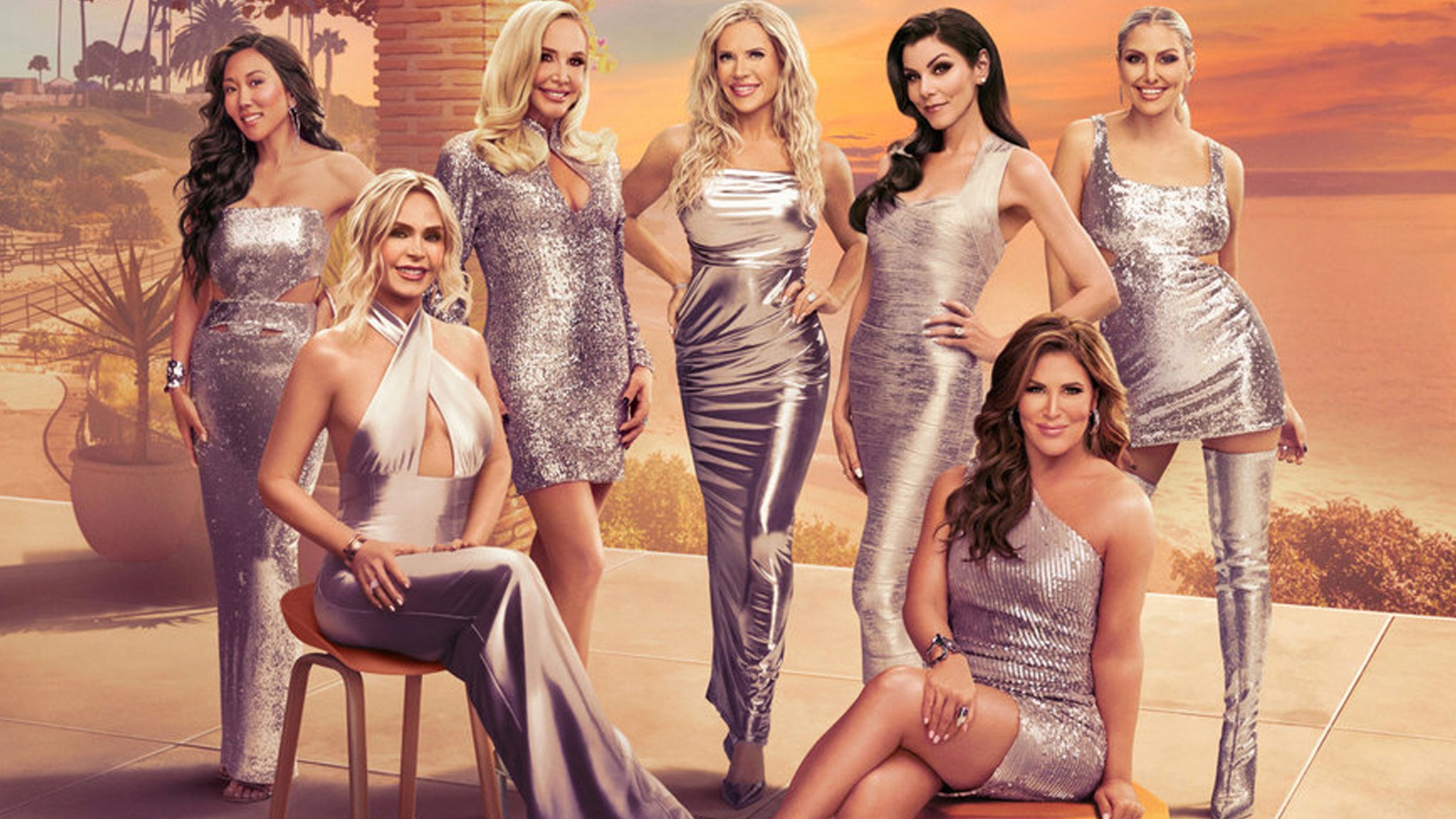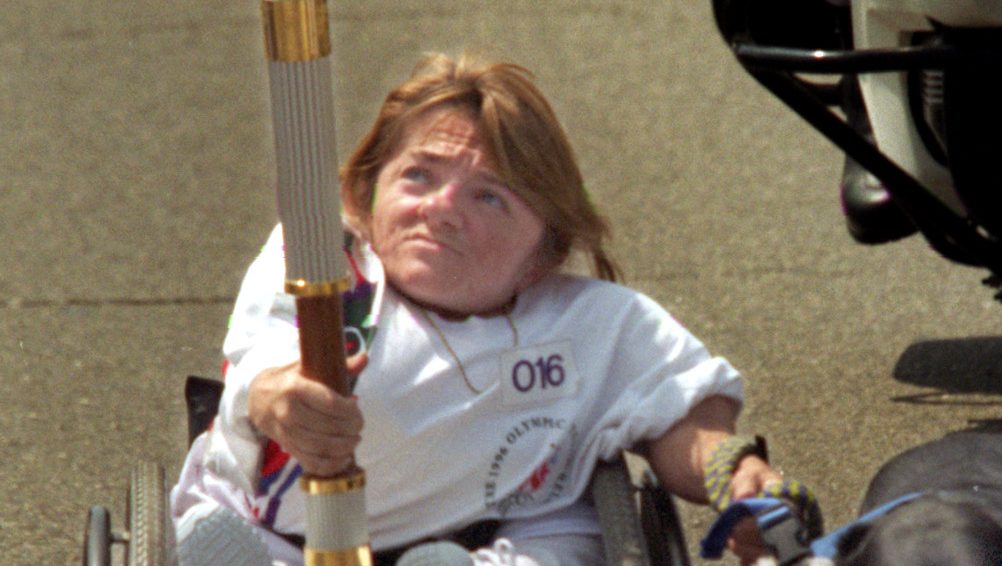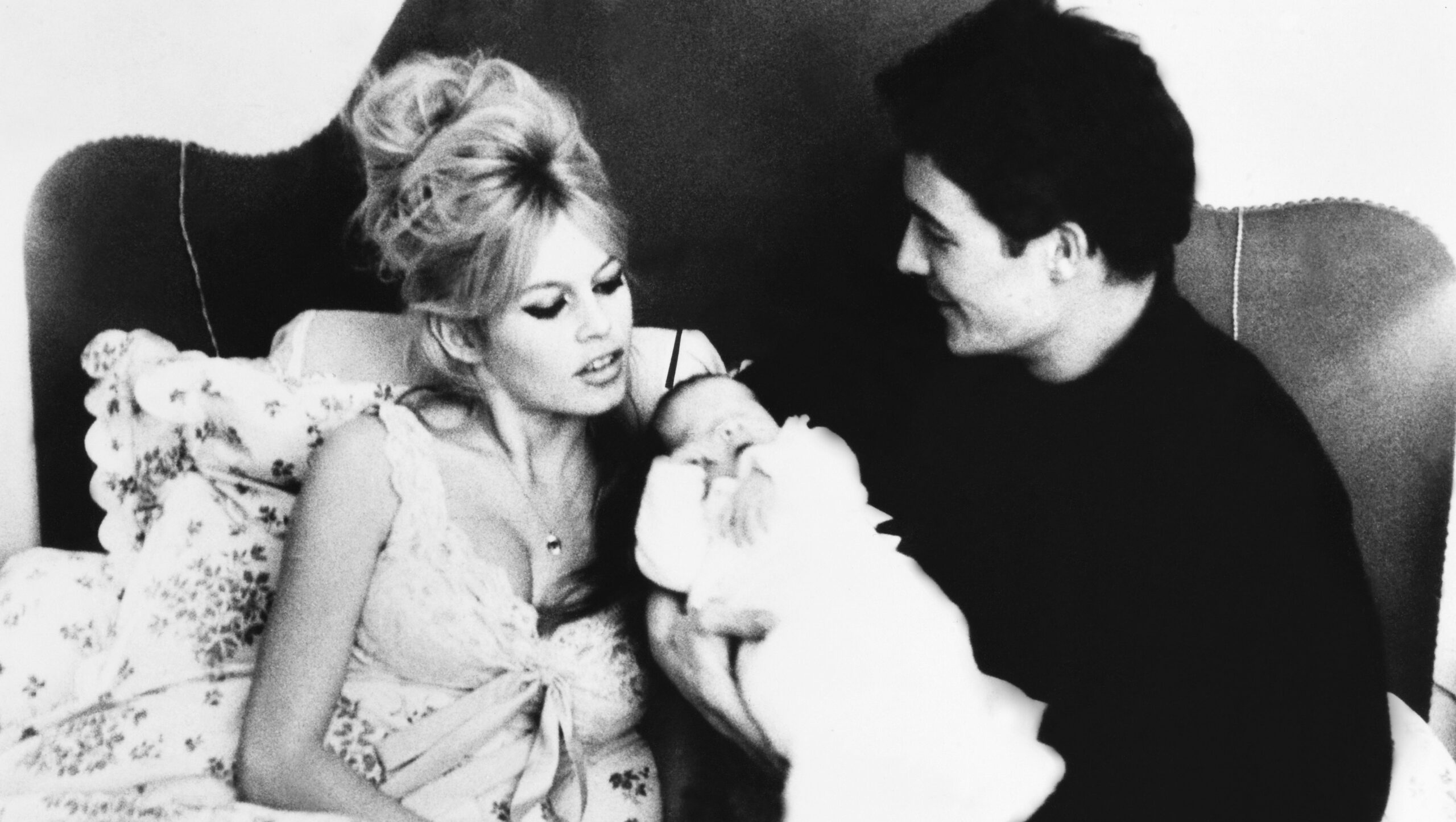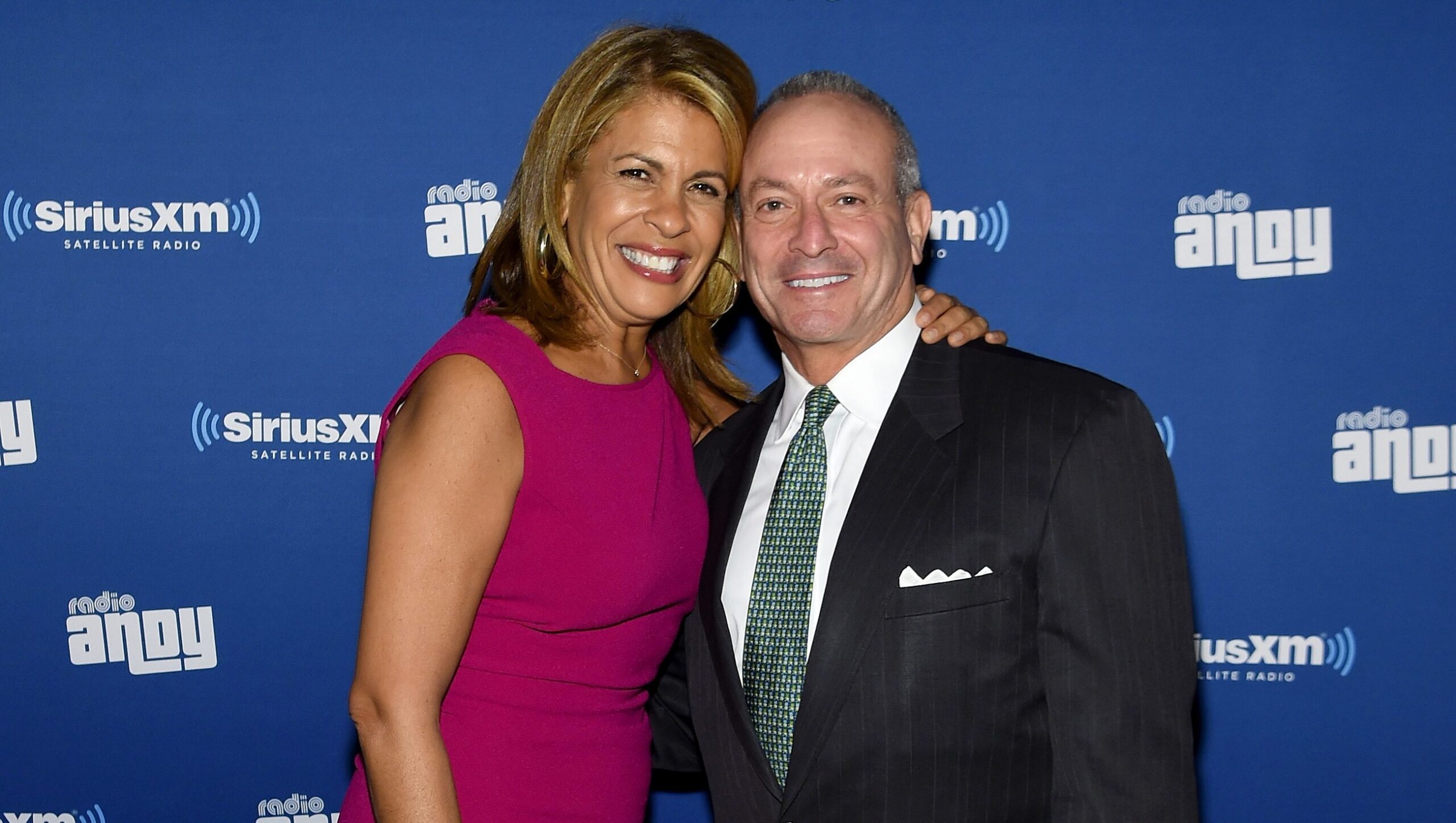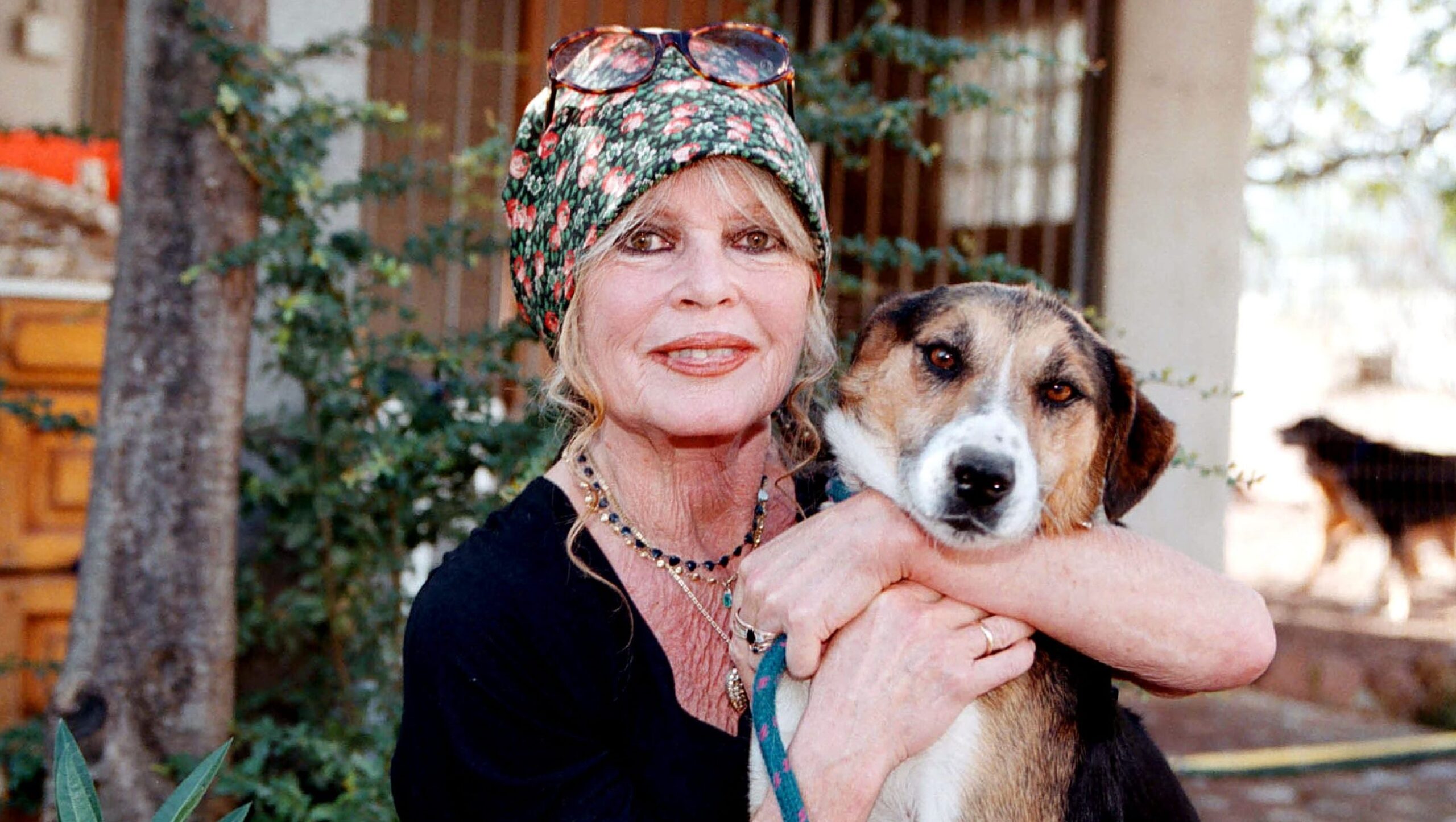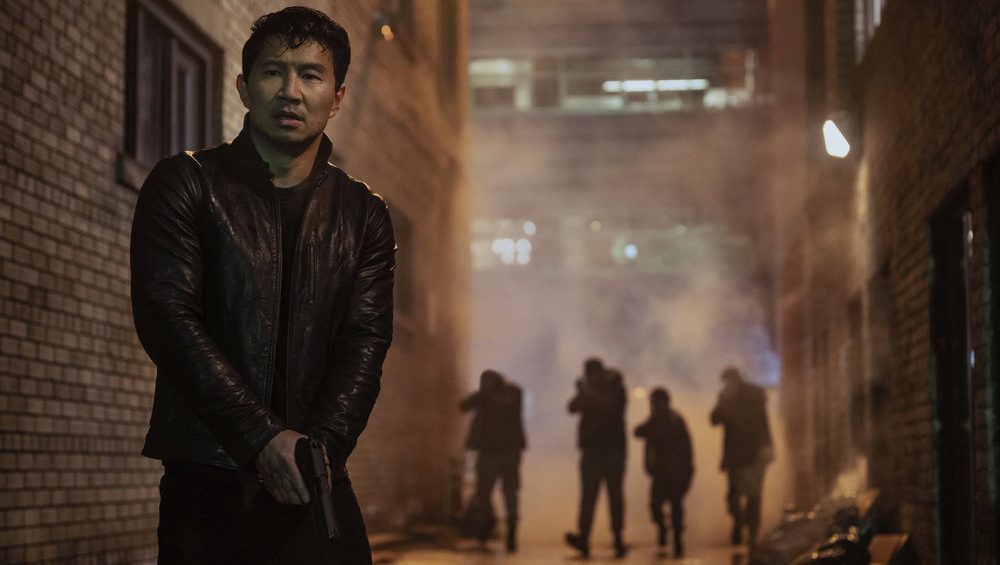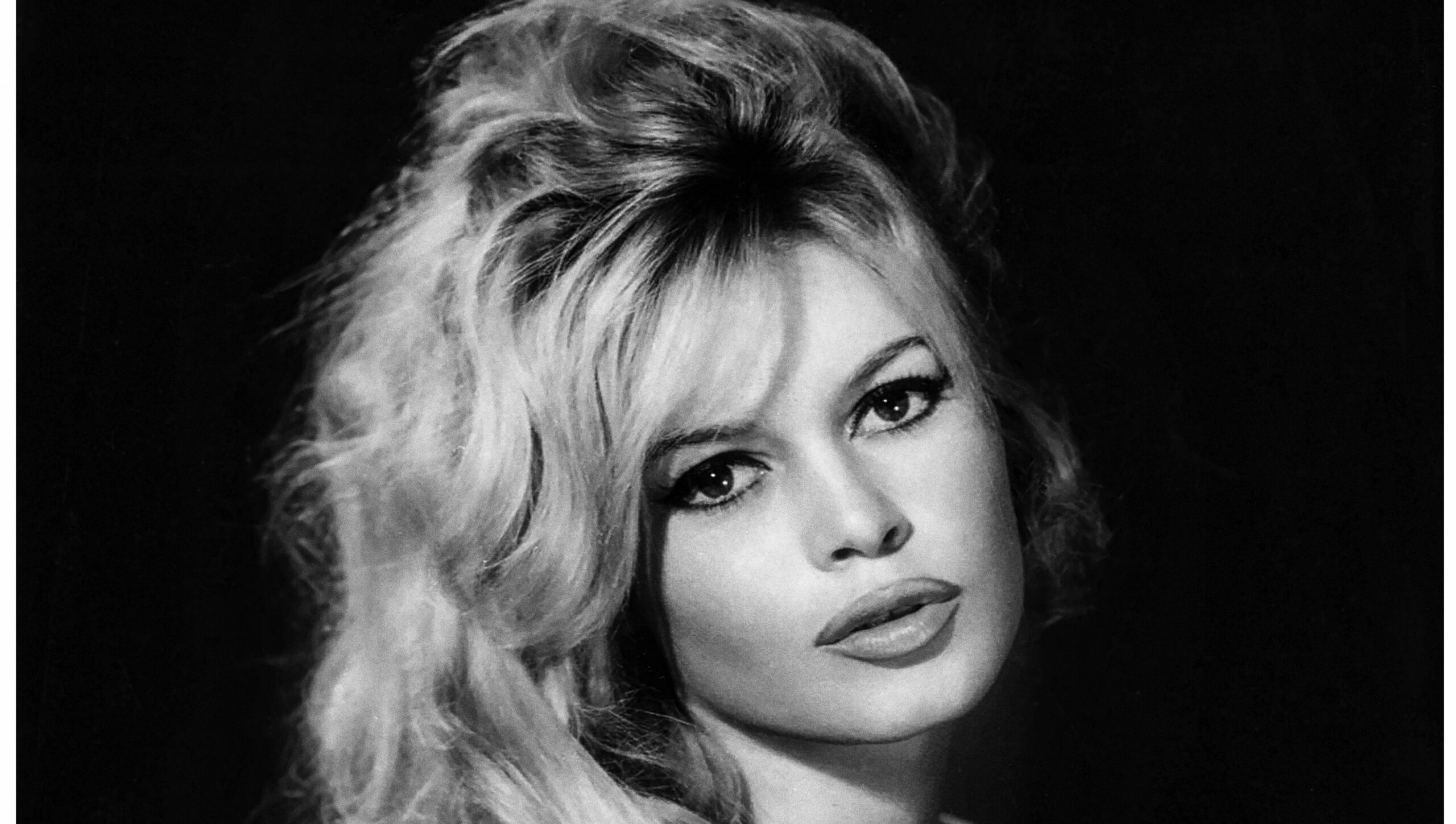Once you’re not a minority, function fashions are all over the place, notably in mainstream films. Heterosexual cis-gender individuals and their relationships are the idea for romcoms and featured in actioners. Should you fall exterior of that mainstream definition, it turns into more durable to see your self represented by the media within the embodiment of a fully-realized one that exists past tokenism and stereotype. This 12 months, the baseline shifted (considerably). Every of the primary characters in “Monica,” “The Shade Purple,” “Rustin,” and “Nyad” are a part of the LGBTQ+ group. Their depictions present, concurrently, that gender and sexual id are important parts o f a life story, whereas additionally proving they’re removed from the one points
of existence.
The title character in “Monica” comes residence to look after her dying mom, somebody she hasn’t seen since her gender transition. Author director Andrea Pallaoro, alongside scribe Orlando Tirado, created a personality whose gender id is integral to her expertise, and but not the one side of the movie with which audiences might determine.
Present in an area of confusion and feeling invisible in your individual life story is a common expertise. “It’s one thing that’s so inherently human, the trauma of not being seen and being deserted,” says Pallaoro. “It’s one thing that impacts not simply our identities, but in addition how we relate to 1 one other and the way we’re in society.”
Pallaoro based mostly the character on somebody he calls a “very pricey pal,” so he wished to take the utmost care along with her film depiction on display screen. Life challenges aren’t relegated solely to particular identities. Concurrently, it’s necessary to acknowledge, because the movie does, that Monica (Hint Lysette) is transgender and there are further trials that go along with that existence.
Pallaoro makes use of Monica to introduce audiences to transgender struggles in a manner that they could in any other case by no means see, whereas additionally exploring the shared common themes of life.
One other relatable life theme, explored in “The Shade Purple,” is who and the way to love. Director Blitz Bazawule says the advanced relationship between Celie (Fantasia Barrino) and Shug (Taraji P. Henson) needed to start in Celie’s creativeness as a consequence of time interval constraints.
“Being out as a queer couple wasn’t one thing that was acceptable within the context of post-enslavement and the best way faith performed very closely in that tradition,” says Bazawule.
The characters’ respective identities have been each knowledgeable by their attraction however that attraction was not the one fascinating factor about both of them. Bazawule leaned on music from Ma Rainey, whose sexual id fell on the LGBTQ+ spectrum, throughout components of the movie to additional construct that affiliation.
Celie and Shug’s relationship, throughout this specific time interval, was radical, and Bazawule hopes audiences see it as a element of the characters and never a defining trait. He notes that finally the movie is about radical forgiveness and empathy, components audiences have a collective understanding of no matter gender, sexual id or tradition.
The intersection of those qualities was an necessary side of conveying Bayard Rustin’s story in “Rustin” as properly. Screenwriters Dustin Lance Black and Julian Breece acknowledged as properly that although they have been telling the story of an precise particular person, they needed to additionally create a personality to reside on display screen, and one that may finally be formed even additional by the director and editors in post-production.
“It’s about how you progress the needle in direction of justice,” says Black of the movie. “The way you win, even on the poll field, actually in shifting society in direction of equality. That necessitates coalition constructing,” he says, noting that Rustin “embodies these two actions that wanted to lock arms if there was ever going to be progress.”
Breece provides that the movie didn’t have two separate tales of the Civil Rights motion and Rustin’s sexuality. They have been a part of the identical narrative and wanted to be expressed thusly as properly.
“His strategic genius got here from being queer, got here from being Black and homosexual, due to the twin injustice that he’s lived via,” says Breece. That have “nearly sharpens your view of injustice [since] you’re additionally in a position to see issues from the surface since you don’t have the privileges that folks on the within have.”
And with regards to making a fictionalized model of a really actual particular person, Black and Breece leaned as a lot as doable on interviews with individuals who truly knew Rustin, slightly than books that represented one other layer eliminated by the writer’s interpretations. Black, an Oscar-winner for “Milk,” notes there’s considerably of a requirement to bend historical past to suit the parameters of a movie, however to not break it totally within the quest for drama.
Discerning the accuracy of reminiscences is usually a difficult enterprise. Throughout roundtables with a number of individuals who knew Rustin, recollections morphed throughout discussions, with individuals recalling completely different components and particulars of their shared experiences.
“Documentaries are fiction, actually, on the finish of the day,” Breece says. “It’s a perspective, it’s a viewpoint.” He factors out that every one historical past, whether or not it’s an expertise, interpretation or oral re-telling, is shadowed with the storyteller’s personal consciousness, no matter kind it might take.
Whereas Rustin died in 1987, “Nyad” screenwriter Julia Cox needed to create a fictionalized model of somebody nonetheless very a lot alive at present.
After growing a relationship with Diana Nyad, upon whose life expertise the movie was based mostly, Cox says she was actually trustworthy about how the onscreen character model must be adjusted for narrative functions. “The character Diana and the true particular person Diana are two completely different entities,” notes Cox. “The character needed to go on an arc, on a journey, and he or she needed to develop, so at first she needed to have some room to develop.”
Whereas Nyad’s id as a lesbian is a major consider her life expertise, her longest relationship as portrayed within the movie is with Bonnie Stoll, her one-time romantic girlfriend turned enduring platonic pal, portrayed by Jodie Foster.
Cox explains, too, that in speaking to the pair she realized the movie turned a possibility to indicate this side of intimacy as properly — the bonds of a household not born however chosen. The deep love they’ve for one another is a distinct kind of affection than is often proven on display screen, not to mention for ladies of their 60s.
Cox aspired to “say one thing hopefully significant about what it’s to be a lady on this planet, and what it’s to be a lesbian lady and a pair of lesbian associates on this planet.”
As was the expertise of Black and Breece, Cox was picky about what do embrace in her screenplay. “It was all the time going to be a means of paring away, of rearranging for max pressure and dramatic efficiency,” she notes.
For all of those movies, whatever the genesis of the characters on display screen, the intention to signify totally realized LGBTQ+ characters who audiences might determine with and see themselves in was integral to the method. These are tales full of love, loss and life. Whereas the characters’ sexual and gender id matter, their humanity is common.
The post ‘Monica,’ ‘Shade Purple’ and Extra Deliver Queer Illustration to Oscar Race appeared first on Allcelbrities.



